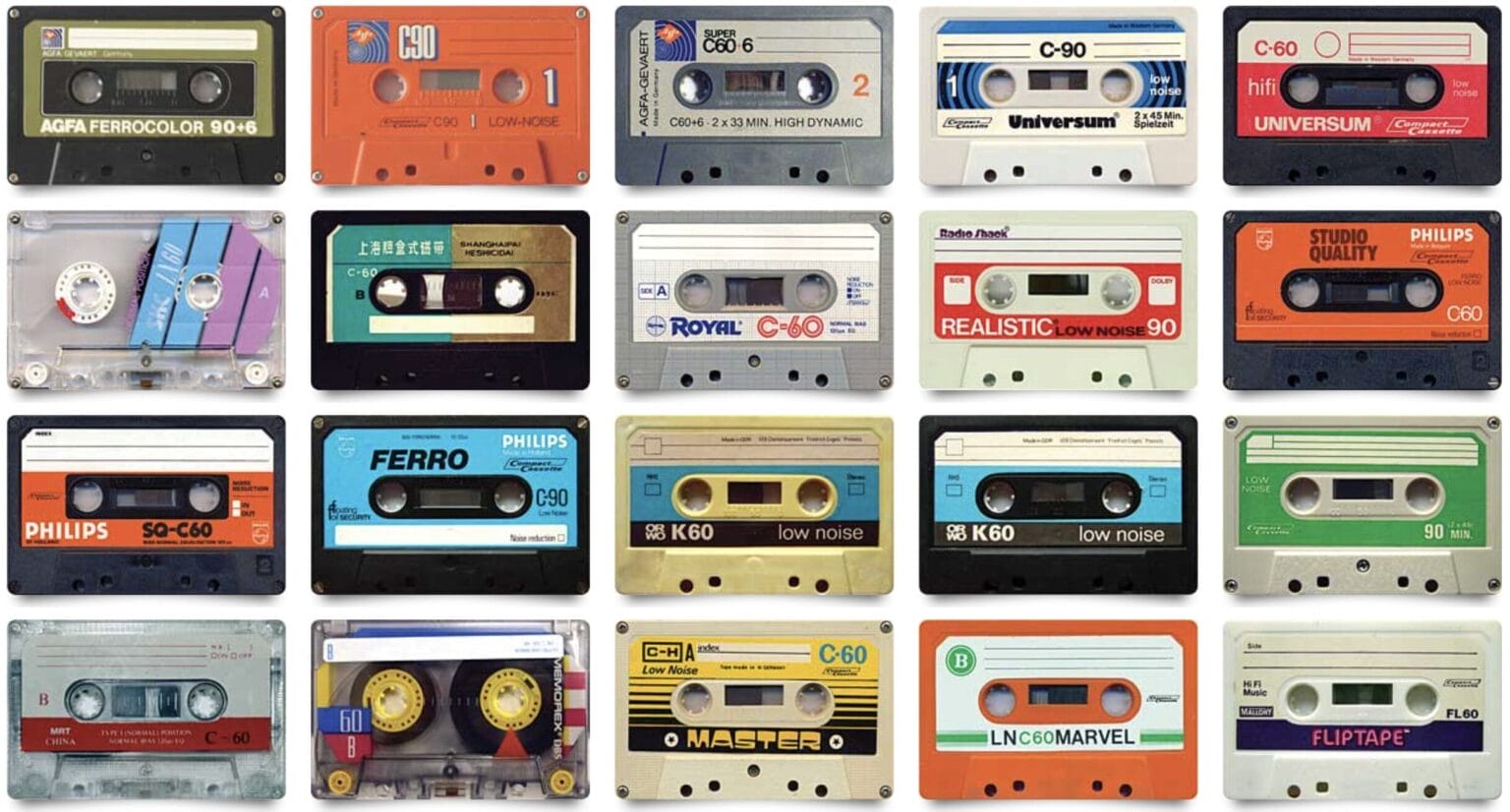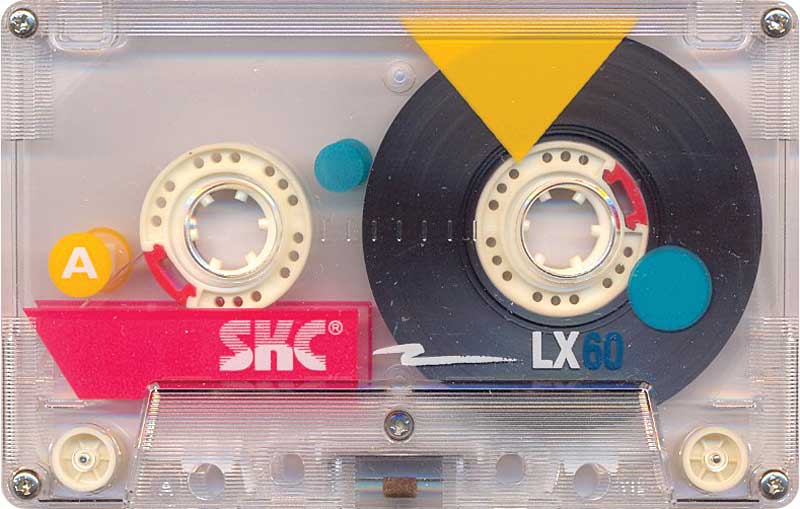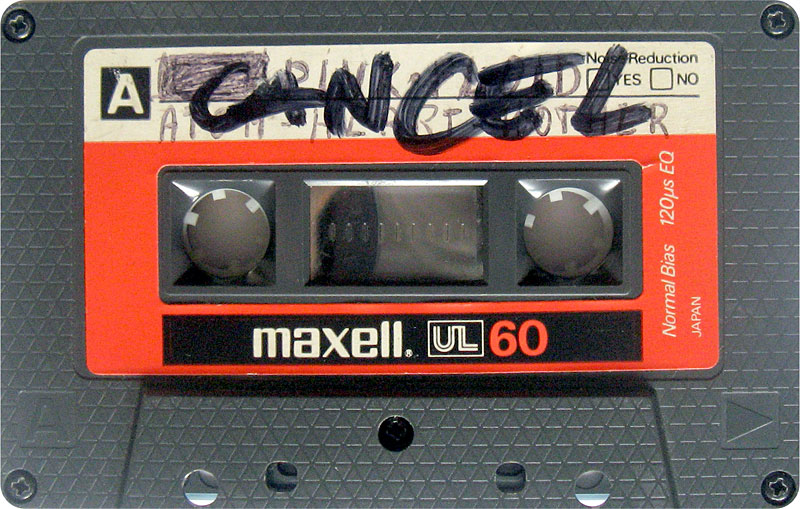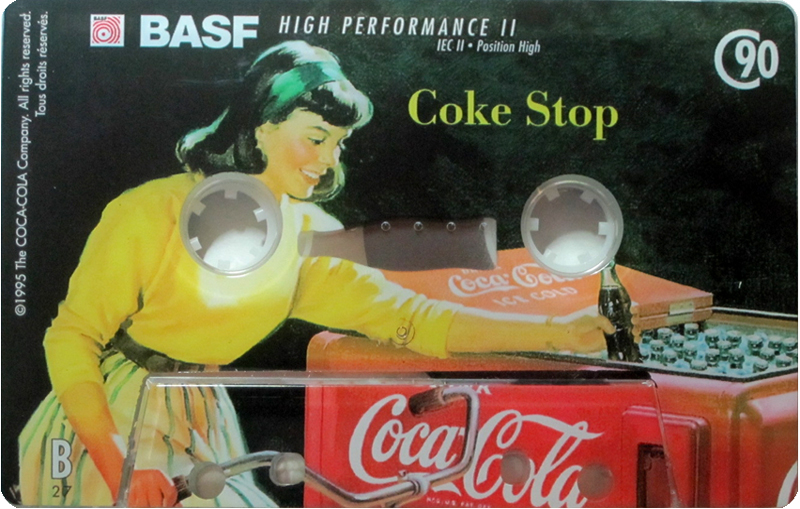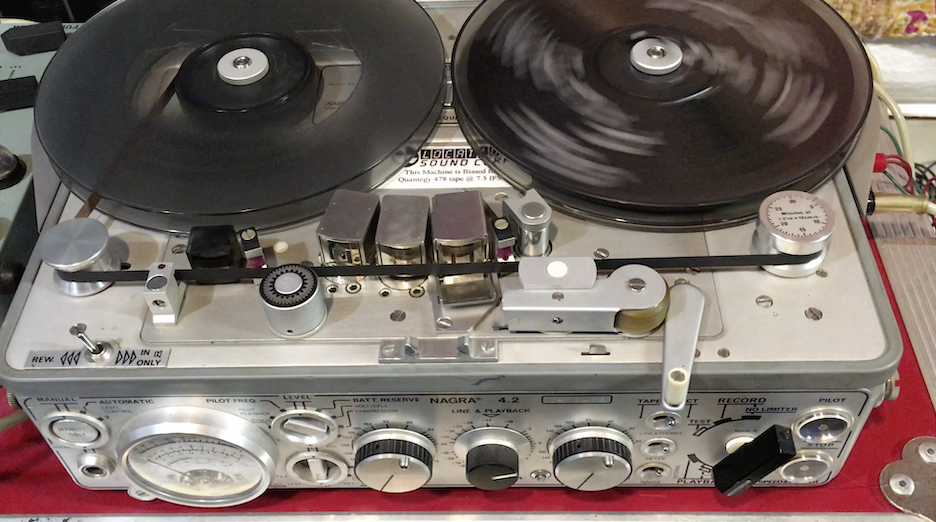Video essayists don’t normally retire; in most cases, they just drift into inactivity. Hence the surprise and even dismay of the internet’s cinephiles when Tony Zhou and Taylor Ramos declared the end of their respected channel Every Frame a Painting in 2016. We here at Open Culture had featured their analyses of everything from the work of auteurs like Martin Scorsese, Jackie Chan, and Michael Bay to how classical art inspired celebrated shots to the thoughts and feelings of editors to the use of Vancouver in film. Now, nearly eight years after their last such video essay, Zhou and Ramos have returned to YouTube.
The new Every Frame a Painting video explains the technique of the sustained two-shot, and, as IndieWire’s Sarah Shachat writes, “charts — in under six minutes — the technological and industrial trends that have put it more or less in favor with filmmakers and its utility in contemporary filmmaking as a showcase for two actors’ chemistry. This is standard. Zhou, who narrates the series, still can’t avoid feeling like an unseen character within the essay and also the film school TA we all wish we had.” What’s more, it incorporates footage from Zhou and Ramos’ own short film “The Second” to more directly approach the filmmaking challenge of “needing to change coverage plans for an outdoor scene when you’re losing the light.”
As implied by its name, a two-shot contains two actors, and a sustained two-shot continues unbroken for the length of a dialogue between them. We don’t see so many of them in recent pictures, Zhou explains, because they were created in a time when “film was expensive, so it encouraged filmmakers to rehearse more and conserve their takes.” Now, “digital is cheaper, so people don’t really pick one angle and shoot it; they cover a scene from as many angles as possible,” reconstructing it out of bits and pieces in the editing room. Acting styles have also changed since the old-Hollywood days, with all their “gesturing and moving around” that increased the two-shot’s visual interest.
Yet today’s filmmakers ignore the power of this disused form at their peril: “The sustained two-shot is the composition that best allows two performers to play off each other, and try as you might, you cannot replicate this feeling with editing.” And indeed, it’s only one of the effective elements of twentieth-century film that have only become more difficult to replicate amid the practically endless array of options afforded by digital tools and media. One hopes that Zhou and Ramos will cover a variety of them in Every Frame a Painting’s limited-run comeback — and even more so, that they’ll put them to good use in their own narrative filmmaking careers.
Related content:
The Most Beautiful Shots in Cinema History: Scenes from 100+ Films
Based in Seoul, Colin Marshall writes and broadcasts on cities, language, and culture. His projects include the Substack newsletter Books on Cities and the book The Stateless City: a Walk through 21st-Century Los Angeles. Follow him on Twitter at @colinmarshall or on Facebook.
